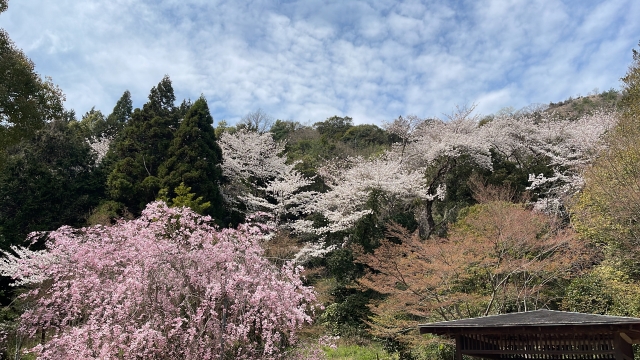What Sakura Means to the Japanese
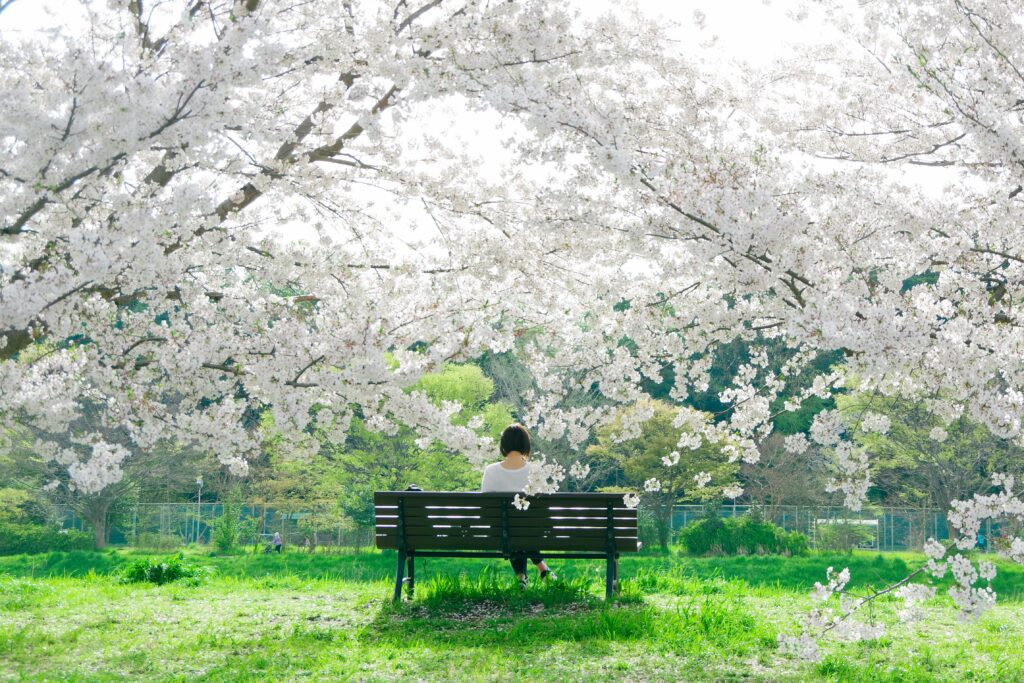

For Japanese people, cherry blossoms—sakura—hold a very special place in our hearts. These pale pink flowers are not only beautiful, but they also bring back cherished memories from our past: time spent with friends, teachers, and classmates during our school days when sakura trees bloomed across school grounds. In fact, most schools in Japan plant sakura trees, which seem to gently watch over the students each spring.
Sakura also evoke more somber emotions. Their short-lived full bloom reminds some of the young kamikaze pilots of World War II, whose lives ended as fleetingly as the blossoms themselves.
For more, please refer to my previous post of “Sakura: More Than Just Blooms“
The Arrival of Spring
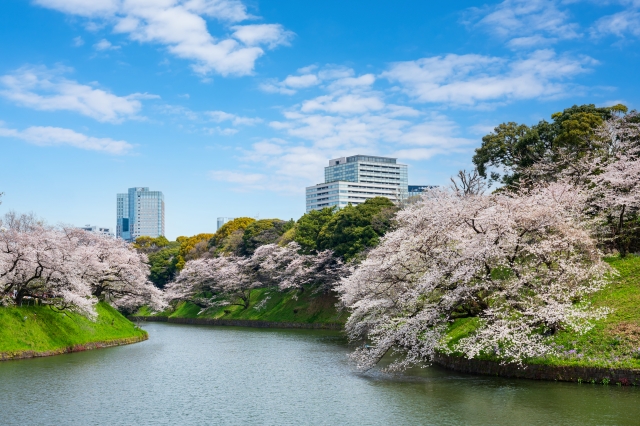
Today, sakura bloom all across Japan in March and April, marking the transition from the cold, bitter winter to the warm, sunny days of spring. People gather in parks and along riversides to enjoy the flowers and welcome the season with joy and hope.
While everyone has their own way of enjoying the cherry blossoms, one tradition is shared by many: hanami.
What Is Hanami?
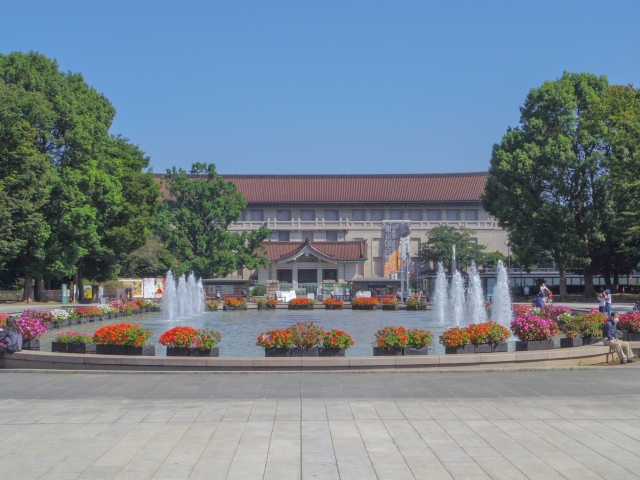
The word hanami literally means “flower viewing,” but it specifically refers to enjoying cherry blossoms—often with a picnic under the trees, surrounded by family or friends. People stroll beneath the blossoms, take photos, eat seasonal food, and enjoy drinks in the fresh spring air.
In Tokyo, you can experience hanami in famous spots like Ueno Park, the banks of the Sumida River in Asakusa, and Chidorigafuchi near the Imperial Palace. But you don’t have to be in a big city—hanami can be found almost anywhere in Japan.
Who Participates in Hanami?
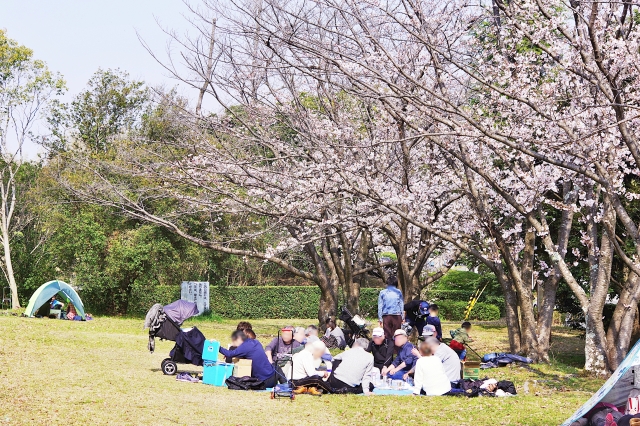
Everyone—from families and students to company employees—enjoys hanami. Family gatherings feel like cheerful picnics. I myself have fond memories of having hanami picnics with my children and grandchildren in the park near my home.
In city parks, however, the scene changes as evening comes. Student groups and office workers gather, and alcohol often becomes a part of the event. Many popular hanami spots provide nighttime lighting so that visitors can continue enjoying the blossoms after dark. As the lights glow and the drinks flow, the atmosphere becomes festive—but sometimes excessive.
Reserving Space for Hanami

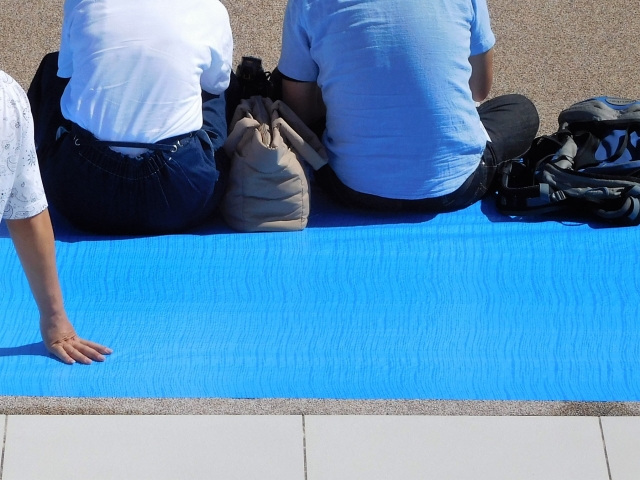
Because hanami season lasts only about a week during peak bloom, securing a good spot in a popular park can be competitive. Companies often send junior staff—known as rookies—to reserve spaces early in the day for evening parties.
I still remember my own experience as a new employee about 50 years ago. I was sent to Ueno Park in the morning to hold a space for our company’s hanami gathering later that day. According to TV news reports, this tradition continues even now.
The Problem with Night Hanami
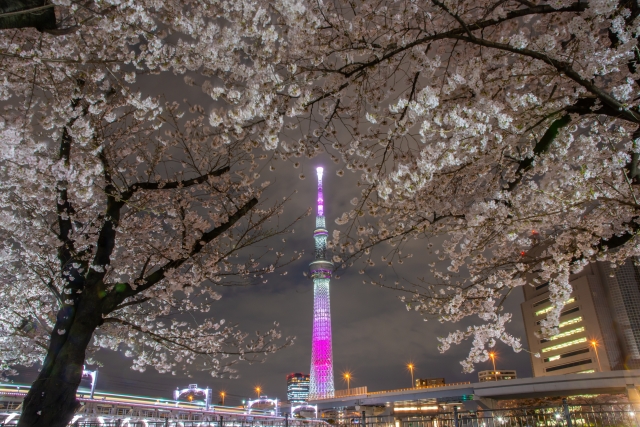
Tokyo Metropolitan UENO High School I graduated from is located north-west in UENO park, one of the most famous Sakura spots, The UENO Zoological Garden, Tokyo University of the Arts, Tokyo National Museum, National Museum of Nature and Science and other cultural institutions are also in this area, one of the most famous cultural parks.
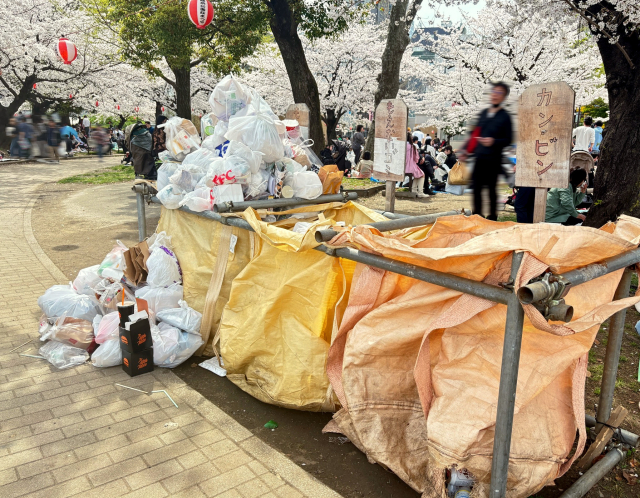
I graduated from Ueno High School, which is located in Ueno Park, one of the most famous hanami locations in Tokyo. The park is also home to Ueno Zoo, Tokyo University of the Arts, and several national museums. As a student, I used to enjoy the quiet cultural atmosphere during my morning walk to school. But during hanami season, that peace was often broken by the lingering smell of alcohol and piles of trash left behind from the previous night.
It made me sad—not only for myself but for the sakura as well. While I am proud of the Japanese custom of cleaning up public spaces (as I mentioned in my earlier post, “Why Japan Is So Clean“), I feel disappointed when people drink excessively and forget to take care of the environment. Please, if you attend a hanami party, enjoy yourself—but do so responsibly.
Sakura as a Marketing Tool
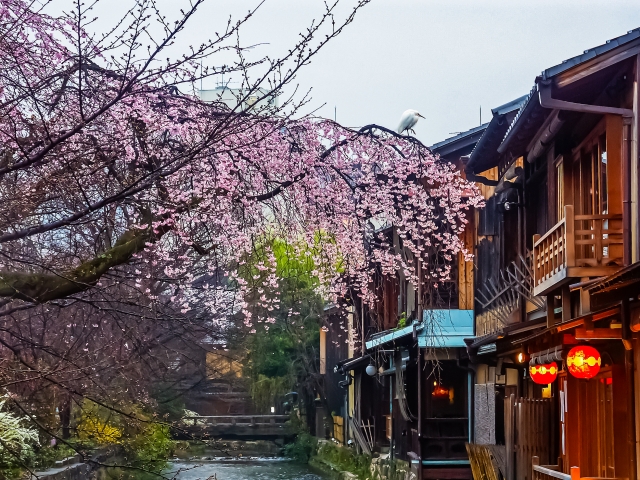
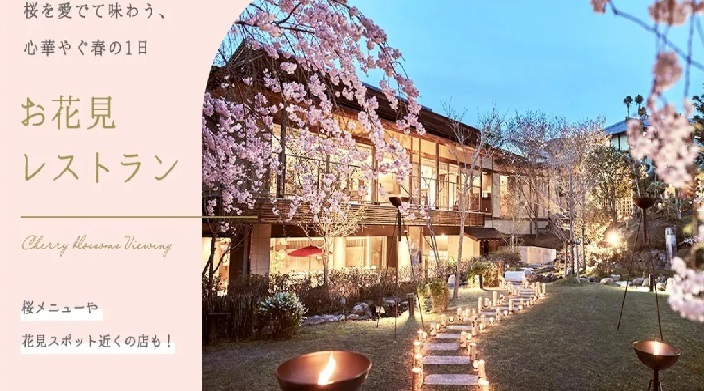
Despite some concerns, enjoying seasonal food and drinks while viewing sakura is a joyful experience for many. Restaurants, cafes, and hotels located near cherry blossom spots often offer special seasonal menus and events. These sakura-themed promotions have become an effective spring marketing strategy. If you’re in Japan during this time, search for “花見 スペシャルメニュー (Hanami Special Menu)” online to find unique offerings near you!
The Origins of Hanami
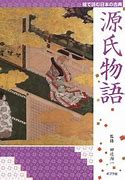
Hanami has a long history in Japan. The earliest recorded event resembling hanami dates back to the year 812, when Emperor Saga held a flower banquet (kaen) at Shinsenen Garden in Kyoto. Originally, hanami was associated with ume (plum) blossoms, which bloom earlier in the year. The Man’yōshū, Japan’s oldest collection of poetry from the 7th–8th centuries, contains many poems about plum blossom viewing.
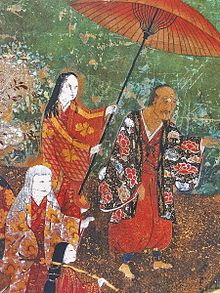
However, during the Heian period (794–1185), sakura became the focus of hanami. This transition is reflected in The Tale of Genji, Japan’s oldest romance novel, written in the 11th century.
The most spectacular historical hanami event was Daigo no Hanami, hosted by Toyotomi Hideyoshi, the powerful samurai leader who unified Japan in the late 16th century. At this grand celebration at Daigo-ji Temple in Kyoto, over 1,300 guests—including nobles and warriors—attended the flower-viewing party.
Hanami for the Common People

Initially a custom of the aristocracy and samurai class, hanami spread to the general public during the Edo period (1603–1868). Tokugawa Yoshimune, the eighth shogun, ordered the planting of sakura trees in places like Sumida River and Asukayama. Improved roads also allowed people to travel more easily, and the culture of hanami soon became a nationwide tradition.
Final Thoughts
Sakura and hanami remind us that spring has arrived, offering us warmth, renewal, and the promise of a brighter future. For many Japanese, hanami is not just about viewing flowers—it’s a celebration of life, dreams, and seasonal beauty.
If you ever visit Japan during cherry blossom season, I highly recommend experiencing hanami for yourself. Sit under the blooming trees, enjoy the food and atmosphere, and let the sakura lift your spirits. And please—remember to respect others, clean up after yourself, and appreciate the beauty with gratitude.


